Passengers travelling aboard the subject of this year’s Christmas road test don’t get airsick but can feel seasick, according to Kate Board, one of its lead pilots.
With distinctive blue-and-yellow livery, this Zeppelin LZ N07-101 airship is otherwise known as The Goodyear Blimp, a marketing vehicle that returned to European skies for the first time in almost a decade during the summer.
That people on board are likely to need sea legs rather than air legs tells you something about the unique nature of an airship, as we’ll discover. They’re sometimes referred to as lighter-than-air ships, although that’s not strictly accurate in the case of the latest Zeppelin craft, made by Zeppelin NT (for New Technology).
The German company’s current genesis came about after a long period of dormancy for the famous old name. The original Zeppelin made and operated huge airships, with its Hindenburg and Graf Zeppelin offering transatlantic passenger crossings in as little as two and a half days, making them the fastest way across in the late 1930s. “They were the private jet aviation of the day,” Zeppelin CEO Eckhard Breuer tells us today.

Zeppelin even had a venture with Goodyear, and demand for airships was so great that Zeppelin wanted to buy helium gas from the US, but it needed its precious supplies for itself. Fatefully, Zeppelin instead floated the Hindenburg with hydrogen; its fiery 1937 crash was the world’s first televised industrial disaster and the primary reason why airships went out of fashion overnight.
The later invention of the jet engine sealed the airship’s fate, but Zeppelin as an entity continued, owning the likes of Europe’s largest Caterpillar dealer and car component supplier ZF, with a trust fund set aside for the rebirth of airships in the future.
That came to be in 1997, when a new Zeppelin airship prototype first flew. Refined and honed since, the Zeppelin’s attributes today make it much more than just a marketing tool and a floating beacon of joy.
With specialist industrial uses too, the LZ N07-101, made in Friedrichshafen, the world centre for airship design today as it was in the 1930s, is a remarkable and uniquely useful aircraft.
Price £17,880,000 Power 600bhp Fuel economy 40kg/hour Endurance 24 hours Climb rate 1000ft/min Descent rate 1200ft/min
Design and Engineering
Now here’s a thing straight away. Technically, The Goodyear Blimp isn’t a blimp at all. In fact, as Breuer tells us: “Nobody in Germany even knows what a blimp is.”
A blimp is a balloon that has no internal structure so obtains its shape solely from the pressure of the gas inside the balloon, or ‘envelope’. A rigid airship, meanwhile, like original Zeppelins, is a structure with a skin drawn tight around the frame, typically unpressurised and with gas bags inside it.
Today’s Zeppelin is a hybrid of the two. The outer envelope, made from the same sort of material as an inflatable mattress or a bouncy castle, is pressurised so gets its bulbous shape from internal helium pressure. But inside it, there’s also a framework of lightweight aluminium longitudinal sections, triangulated crosswise with carbonfibre struts. The mechanicals bolt to these rather than hanging loose from the skin or passenger compartment (gondola).
In all, the N07-101 is 75 metres long and the total mass of its hardware is 7500kg. That’s handy, because one cubic metre of helium can lift 1kg and the envelope is filled with about 7500cu.m of the stuff, so you’re looking at an aircraft that’s almost lighter than air. Almost, but not quite.

Although this Zeppelin could be lighter than air, typically it isn’t. Instead, it’s ballasted to a weight of around 300-400kg. Like a shark, then, which sinks if it stops swimming, the Zeppelin has negative buoyancy. Helium accounts for 95-97% of its lift, with the rest, in cruising flight, coming from aerodynamics, either across the control surfaces or by pitching its nose upwards by anything from as little as 1deg to as much as 8deg if it’s heavily laden.
Inside the big helium envelope are also two air-filled bags (ballonets), one at the front, one towards the rear. They serve two purposes. By inflating them to different volumes, the pilot can shift helium back and forth within the envelope, adjusting the pitch of the airship; inflating the rear ballonet, for example, forces helium forwards and points the nose upwards.
But because as altitude increases air pressure decreases, the ballonets are also used to keep the outer envelope the right size and pressure, and hence displacing the right amount of air to provide buoyancy. Just like a crisp packet expands in an aeroplane or atop a mountain, the Zeppelin’s envelope wants to expand at high altitude. Pilots will deflate the ballonets, keeping the right tension in the envelope and stopping it overexpanding; reinflating them at lower altitude so the envelope doesn’t sag and lose lift.
To add control to those aerostat basics, the Zeppelin has three aerodynamic control surfaces at the rear: two not-quite horizontal ailerons and a vertical rudder, which start to have an effect when air is moving at above 20 knots over them. Below those speeds, the airship has unique manoeuvring abilities owing to the thrust of three engines and their propellers.
Each engine is an air-cooled, four-cylinder boxer unit made by Lycoming, the same as you will find in a typical light aircraft. Each makes 200bhp and has its own fuel tank located within the helium space, which, being a noble gas, makes the tank naturally resistant to fire. The tanks are linked and fuel can be pumped from one to another. There’s one engine and propeller on each side, typically set horizontal in flight to drive the airship forwards. But these can be rotated through 120deg, and their blade pitch adjusted, so they provide thrust in any direction you like.

At the rear, there’s a third engine with two propellers running at the same speed as each other. One is longitudinal and can be rotated through 90deg from straight ahead to straight down. The other is a fixed-position, side-facing propeller, but the blade pitch of both can be adjusted, so the longitudinal prop can pull the Zeppelin up or down, while the lateral one can do anything from making no difference at all to rotating the ship on the spot.
As a result, at low speed the Zeppelin has the ability to stay precisely where it is or gently move or rotate in pretty much any direction its pilot chooses via a fly-by-wire set of control systems. When Homer Simpson looked up to the Duff Blimp and sang that “blimpy boy” was “flying through the sky so fancy free”, it’s this joyful movement that inspired him.
Interior
The cockpit and passenger compartment, known as the gondola, is constructed from carbonfibre and hangs from near the front of the Zeppelin’s envelope, with access granted by a light set of aluminium steps hooked beneath its rear side door by one of its ground crew.
The first stride is the longest, because the stairs are likely to be hovering gently above the ground, but take five more and you will be inside a bright and airy cabin. In here, there are airline-style seats, typically six along each side and two at the rear, although a couple had been removed on our flight to allow the fitment of television monitoring equipment, because the blimp was about to fly to Le Mans and film the 24-hour motor race.

It’s not uncommon to find the inside kitted out like that, or with scientific or research equipment aboard, because that’s the kind of versatile cabin and tool this airship is. Thin plastic windows occupy a vast area that, wider at its soft roof than at its floor, is what makes the Zeppelin such a spectacular viewing platform.
And given its typical cruising height of 300 metres, there’s no need for the cabin to be pressurised; there are even two opening windows. To the right of the cabin, opposite the main door, there’s also a lavatory – ‘the loo with the view’. This is essential because, as we will see shortly, the blimp’s endurance exceeds that of its occupants.
The airy openness continues all the way to the two pilots’ seats at the front. And it’s up here where the main interest is for you and us. There’s a full avionics suite that, like the crew, is all in full view of the passengers (this isn’t the kind of aircraft you suspect one hijacks). The pilot’s seats are wider and more comfortable than those for the passengers but, despite the huge equipment array, still afford an excellent view; there are windows in front of the crew’s feet, as in a helicopter.
As with most aircraft, there is an array of controls that are truly baffling if you don’t know them, but spend a little time looking over them and it becomes much clearer. Fire-suppression systems, circuit breakers and fuses adorn the roof, along with big levers to let our air from the ballonets and helium from the envelope – although that’s an undesirable thing to do. There’s also a huge amount of redundancy common to all aircraft – ‘if this fails, we have that’ and so on.

The Zeppelin is rated for one pilot but typically flies with two to reduce the workload. Each pilot has a single by-wire control stick to their side, which controls both the aerodynamic control surfaces and, at lower speeds, a complex automated control system for the rotor blade pitch, which allows the single stick to give the ship terrific manoeuvrability, as well as prop-driven vertical take-off and landing capability.
And it does all this with exceptionally little vibration and noise. With an engine speed of around 2000rpm, it’s around 60dB, which is quieter than most cars at 30mph.
Performance and handling
Because the Zeppelin is a commercial aircraft, it has to be able to climb at 306m(1000ft)/min and descend at 365m(1200ft)/min, so it’s sufficiently responsive for a big machine. What it isn’t is fast. Top speed through the air is 78mph, but range inevitably dives from 620 miles if you wind up the engines to 2800rpm to challenge it.
Instead, at a cruising speed of around 2000rpm on our journey from Friedrichshafen to Le Mans, the ship had an airspeed of around 33kts (38mph), and if there’s a tailwind or headwind you can basically add or subtract that to the total; a tailwind doubled our speed across the ground.
You can see, then, that the draught made by somebody flapping their arms around a bit plays a huge part in a blimp’s viability to go from place to place. Knock 50mph off of an airliner’s speed and it’s not the end of the world; do that to a blimp and it’s simply not going anywhere.
It does, though, have exceptional durability and comes into its own as a viewing or scientific platform. One was even shipped to South Africa and spent two years easing across terrain as magnetic field-sensing kit sought the best spots to dig for diamonds.

Fuel use when in a straight-line cruise is around 40kg per hour, less when mooching overhead at an event. With 825kg of Avgas fuel aboard, this gives the blimp a durability limited by pilot duty time, not fuel load; it can stay in the air for 22 hours.
A decreasing fuel load, though, is just one more thing to remember when flying a blimp, because of its effect on buoyancy. There’s a 700kg water tank beneath the gondola floor, and before take-off a pilot will open the plug until the craft is at the right payload to get away. But it will be lighter when it returns, and if you add how strong the wind is, this makes a difference to whether you will gracefully sink to a landing or have to power in – because you don’t want to let out helium unless you have to.
In general flight, things are a little calmer. Air ballonet levels are controlled automatically (we noted air being let out only twice in 10 hours; Le Mans is lower than Friedrichshafen), and once engine speed is set, the pilots remain busiest with just the side stick, making constant adjustments as the blimp sways gently and rises and falls over thermals. It’s in a constant state of drift and float that feels more like sailing than flying. From a passenger seat, it’s wonderfully relaxing.
Buying and owning
Often, when we ask an operator of a Christmas road test what it costs, we get a slightly muffled non-answer. From Zeppelin, it was straightforward: the LZ N07-101 costs about €20 million. But typically that’s only the start of it; you will need training for the pilots, a licence to operate the airship and, as with Goodyear in the US, where it owns three, perhaps even a licence to assemble it and maintain it.
A ground crew with a mast and a load of gear goes with the airship wherever it travels, and if it’s moored outside, somebody has to stay inside it at all times. As an operator, you will probably even have two crews: one where you plan to finish, the other where you start, who will then follow you in case of emergency on the way.
It costs around £180,000 in helium to fill it and 10cu.m (£200) of the noble gas escapes every day. It needs an annual service and 100-hour maintenance. And as a private owner, there’s the monocle and top hat that you would feel compelled to wear when stepping out of your gondola as you pop out for milk. But there would be no more eccentric or joyful way to travel.
Verdict
The thing about most aeroplanes and helicopters is that you hear them before you see them. The Goodyear Blimp is the opposite. The sheer size of the Zeppelin LZ N07-101, which is four metres longer than the Boeing 747, and the fact that it’s quieter than a family saloon car in town, means it makes an incredible entrance wherever it goes. People look up as this vast whale of the sky fl oats gracefully around, and the great news is that it’s just as appealing and endearing from the air as it is on the ground.

First of all, there’s its unparalleled versatility. It has attributes that will forever mean it’s a niche operator – it doesn’t like high winds or bad weather and it doesn’t travel very fast – but its ability to stay steady and calm over a given area, move extremely slowly and stay aloft for an entire day is uniquely useful.
Then there’s the sheer joy of being around one, which makes it a great advertising platform but also simply such an intriguing concept. It’s part aeroplane, part submarine of the skies, only more approachable and joyous than either. We loved it.
READ MORE
Racing lines: Goodyear is ready for a return to European motorsport

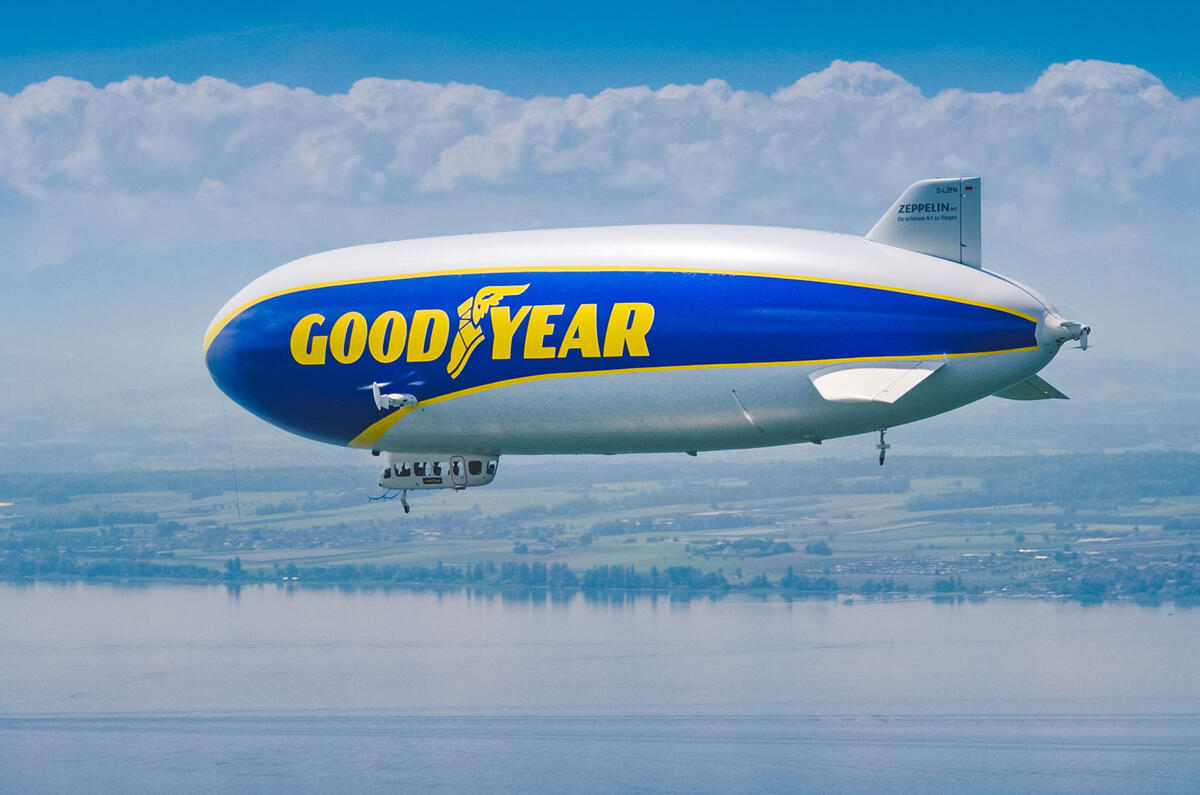
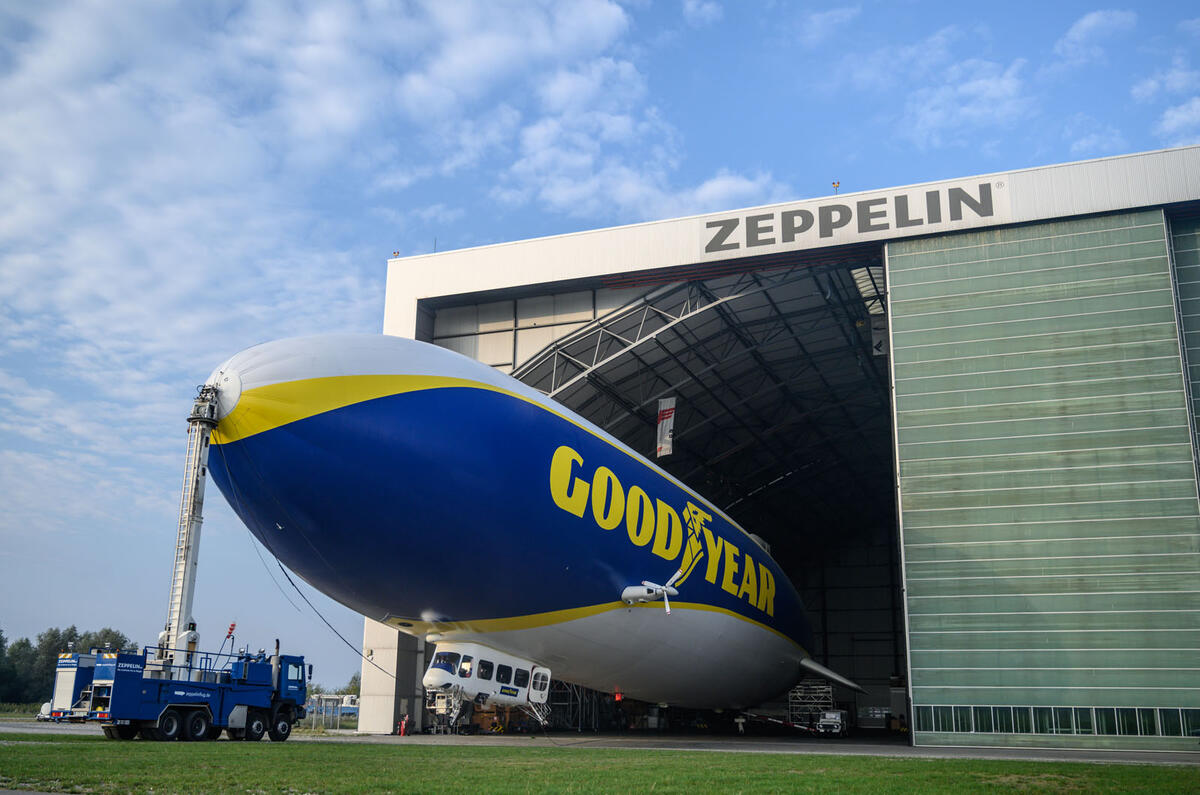
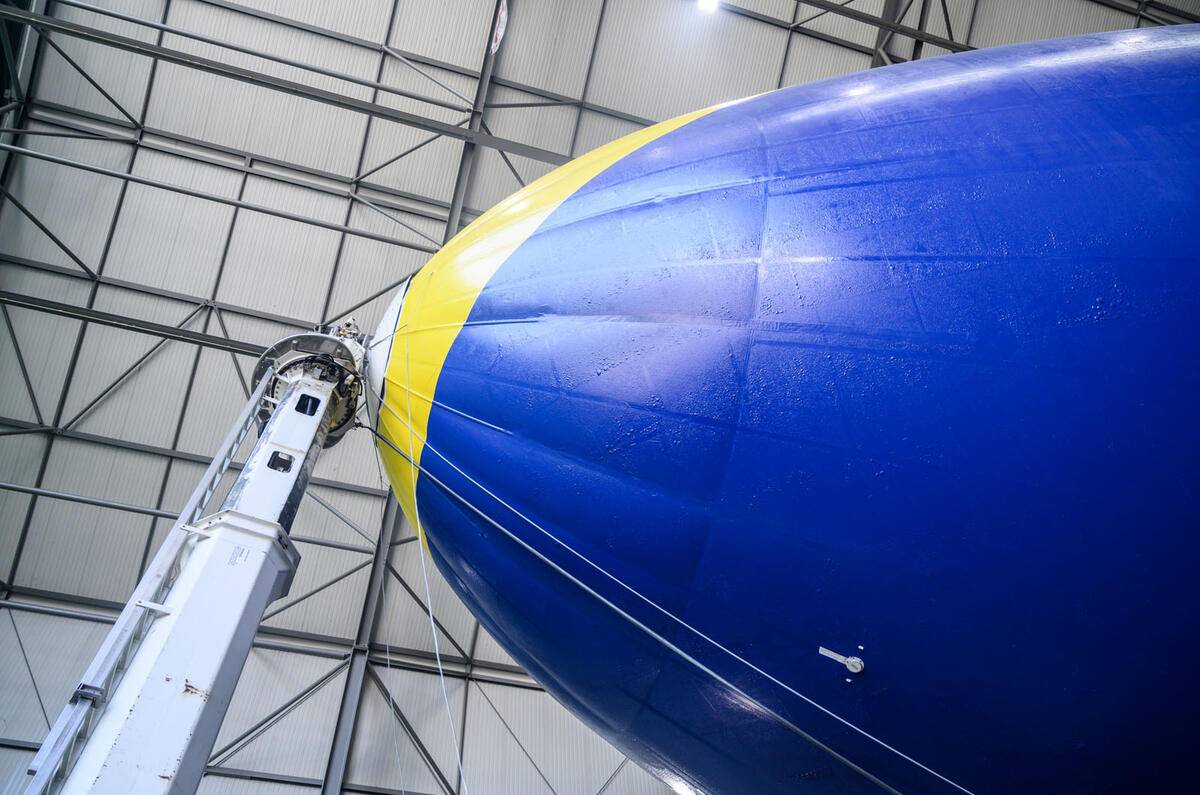
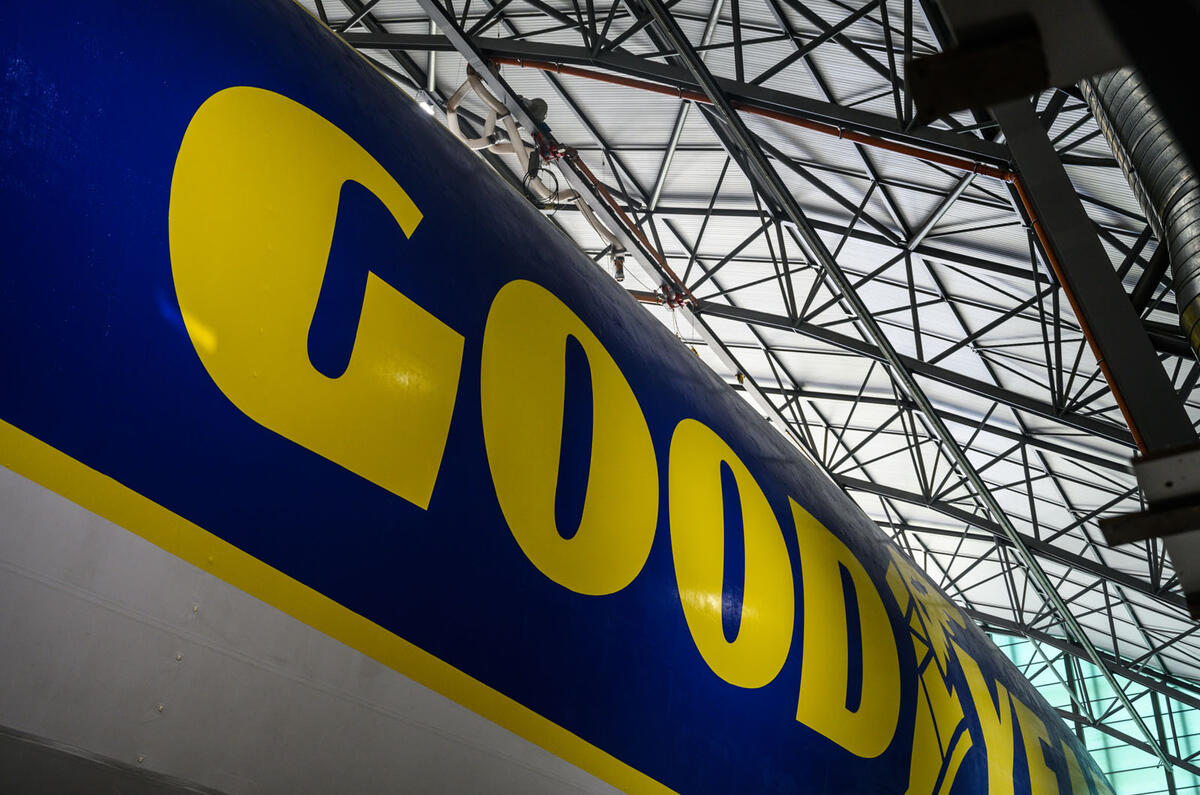
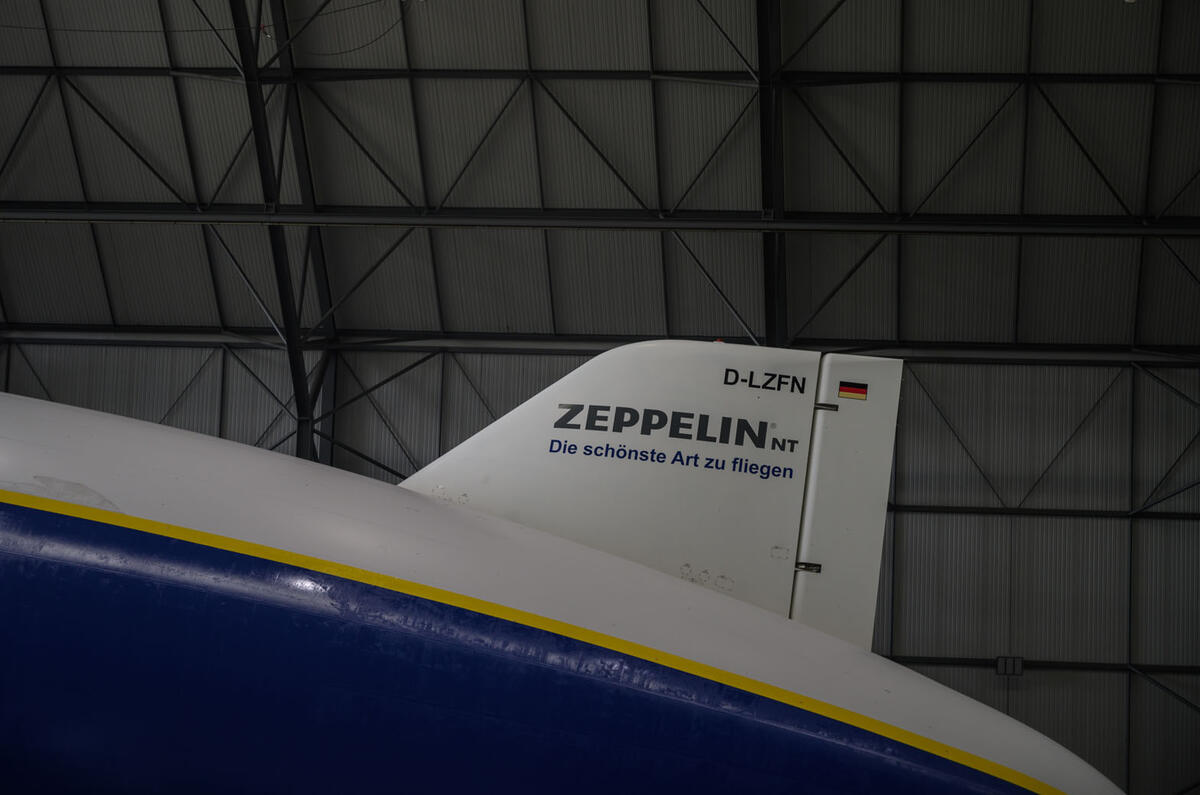
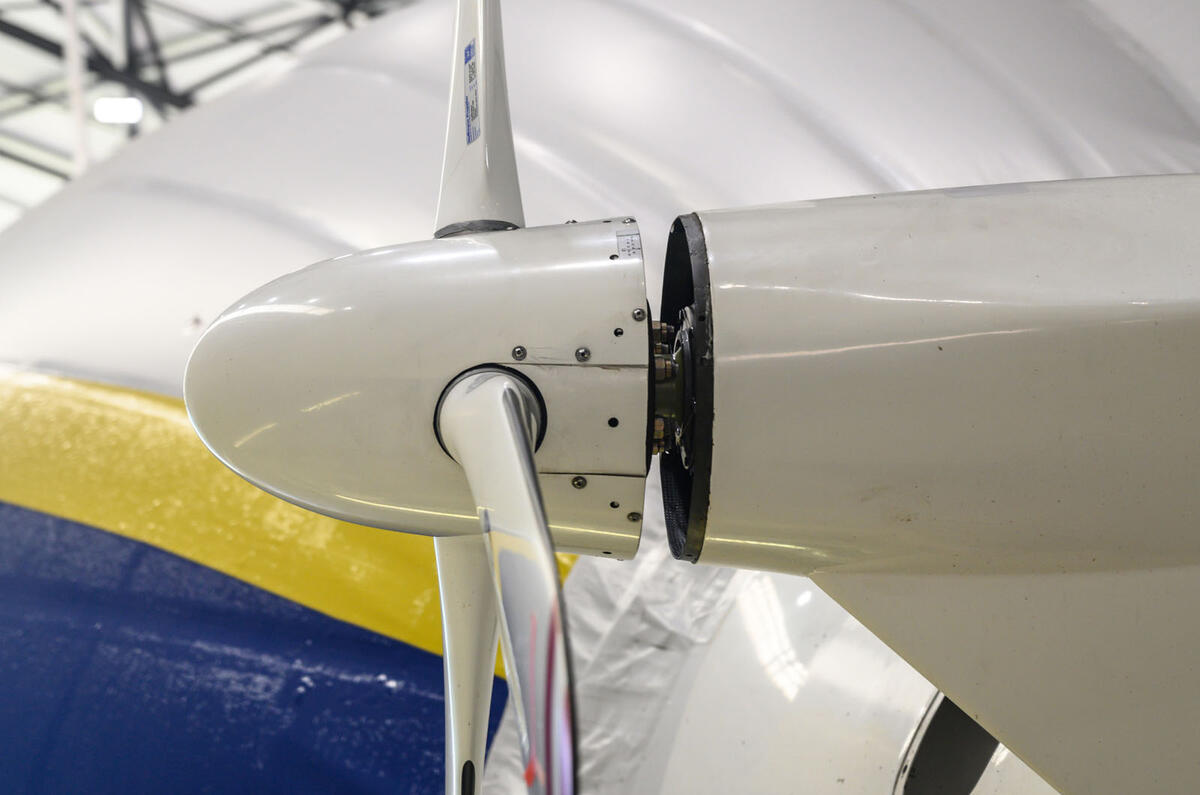
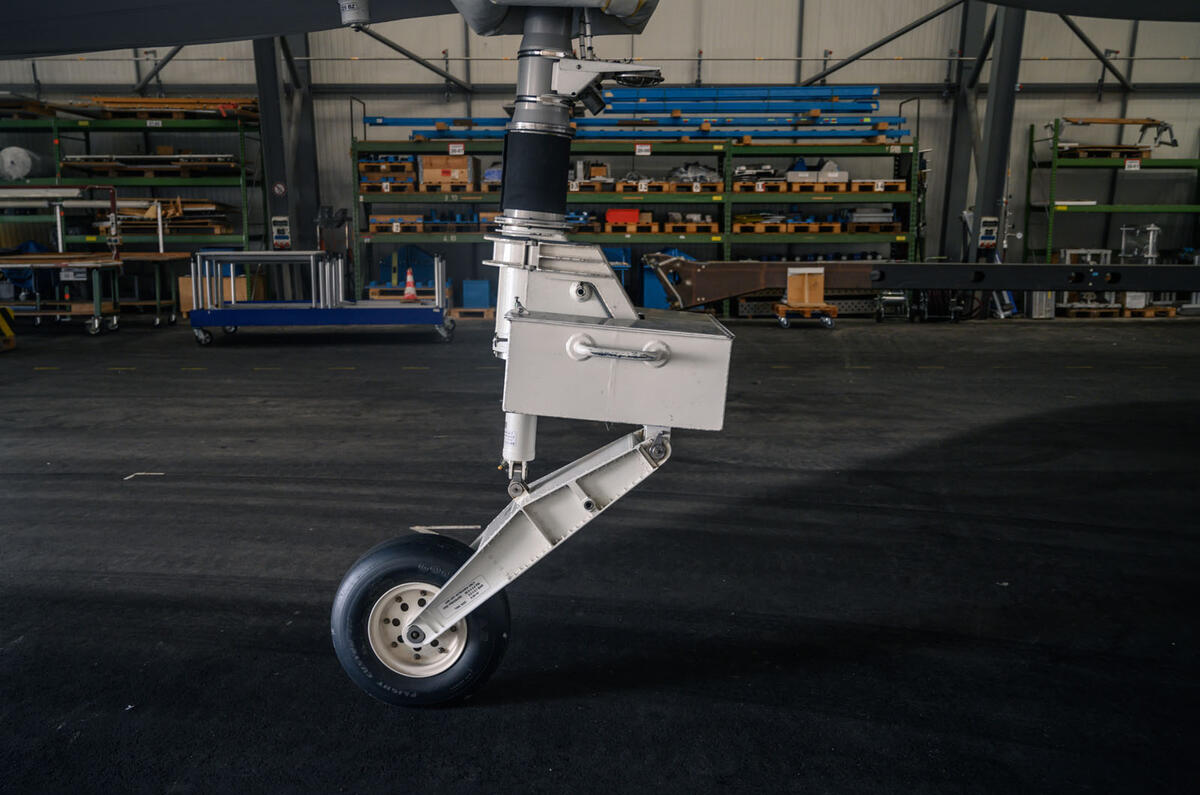


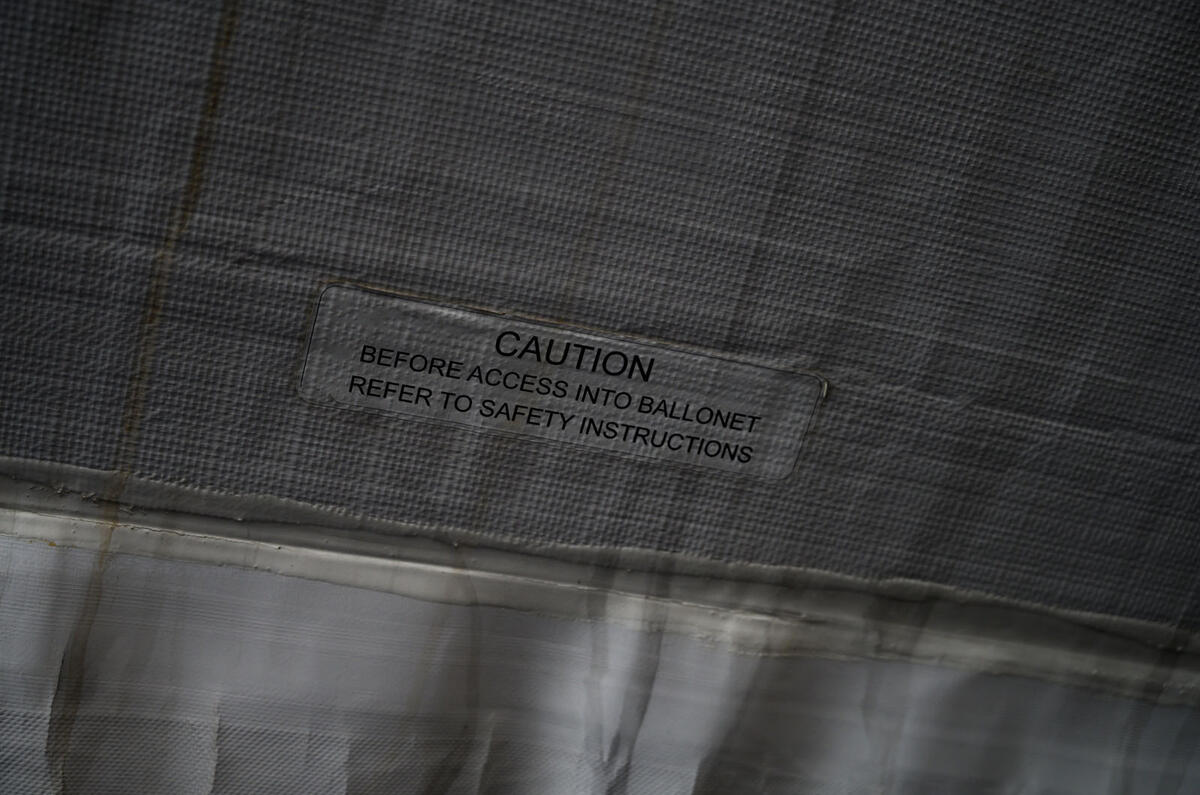
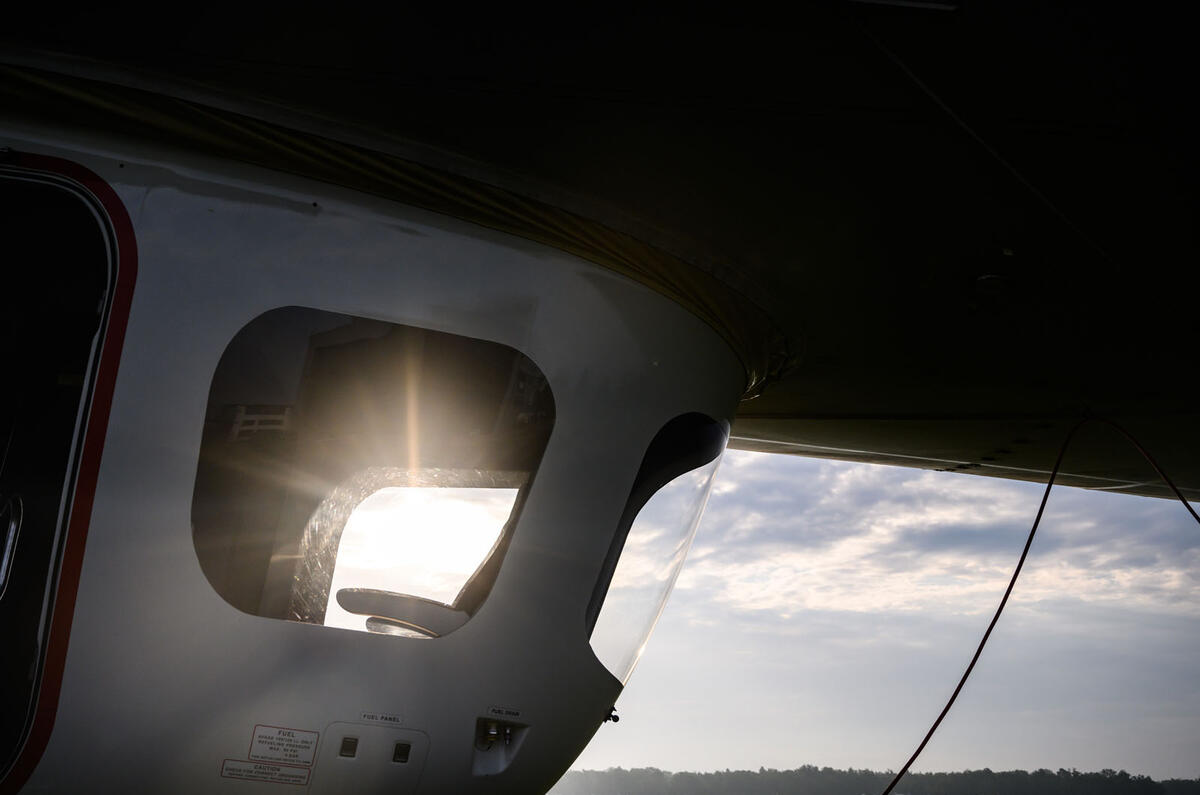
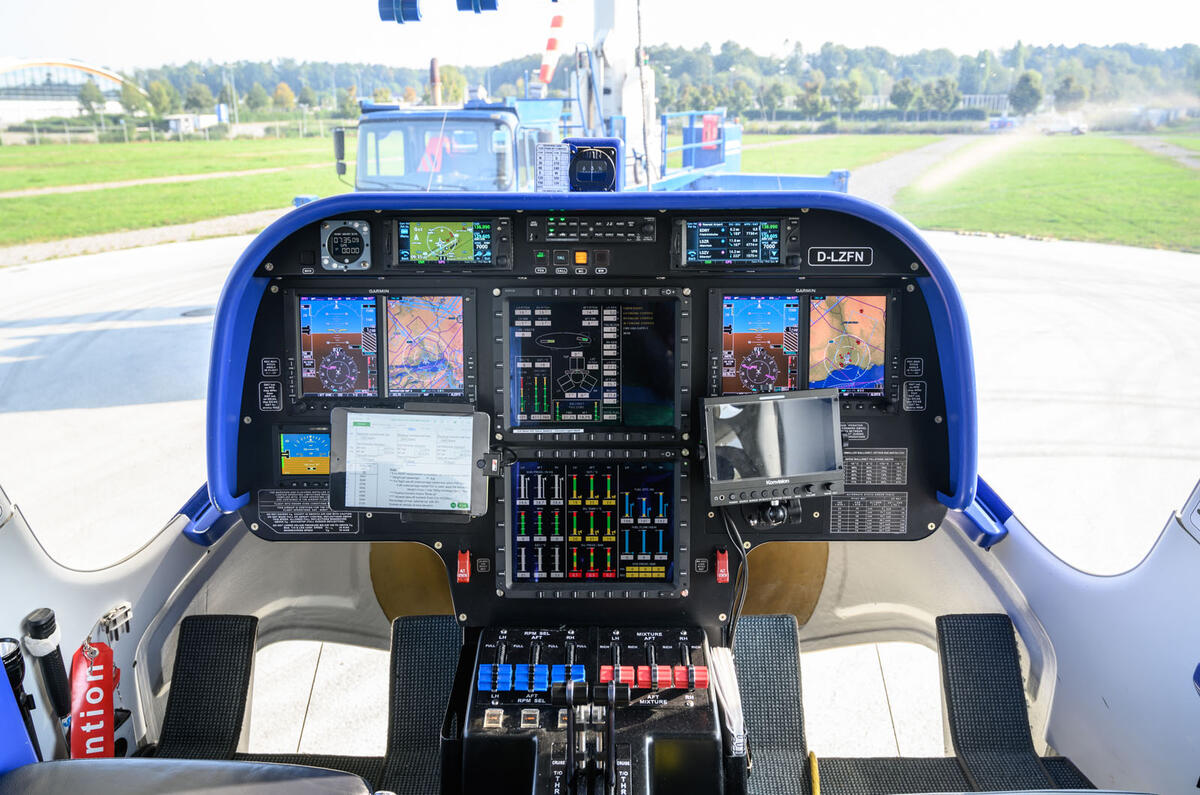
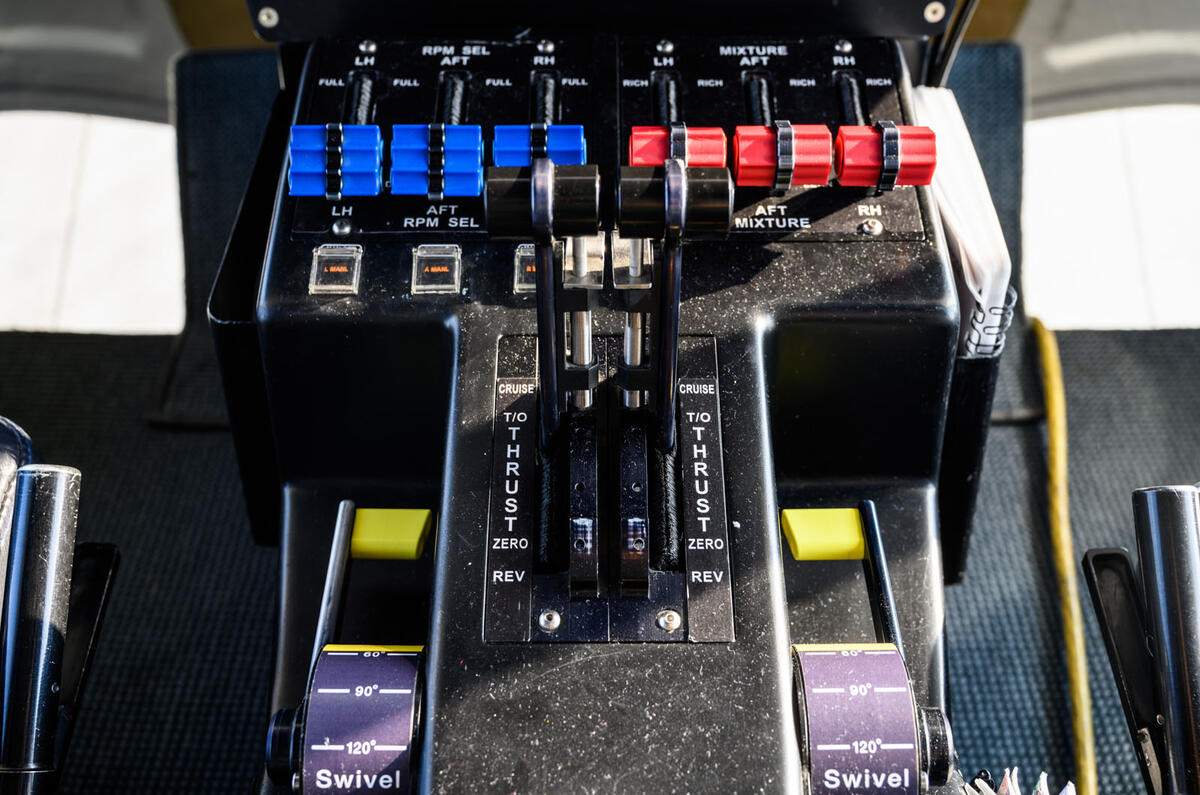
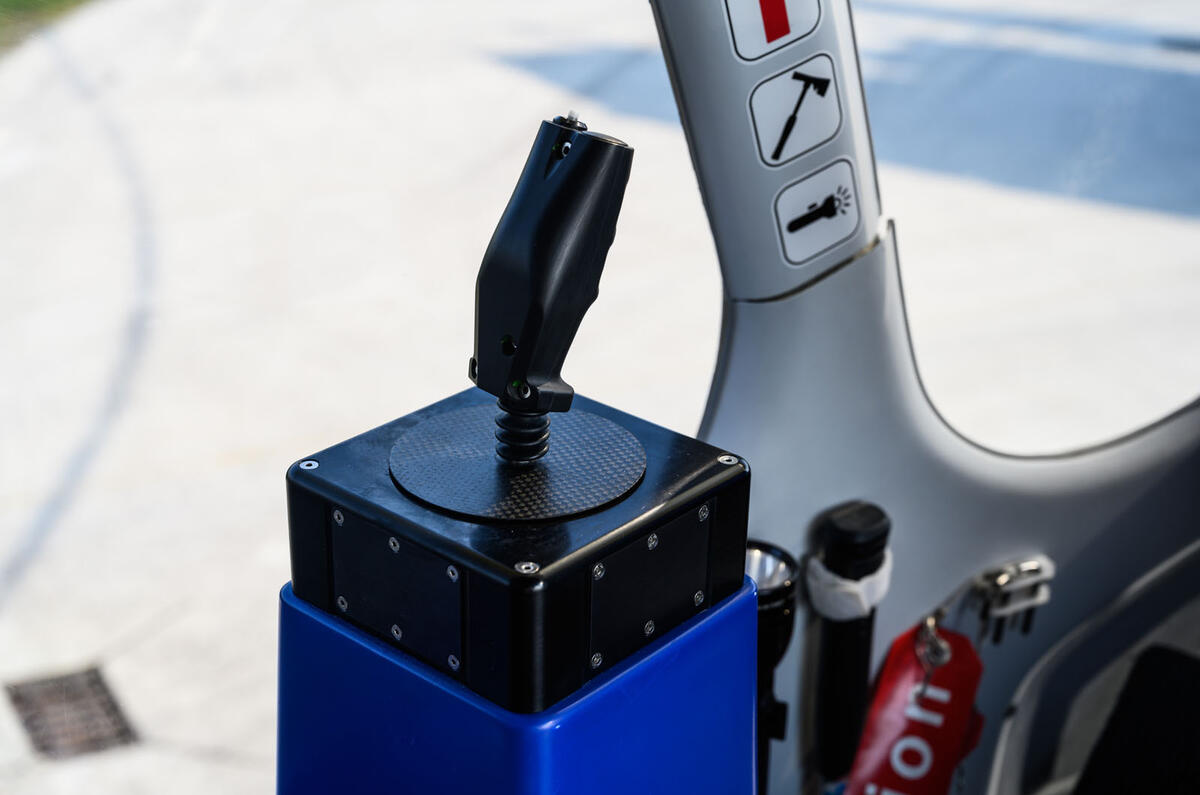
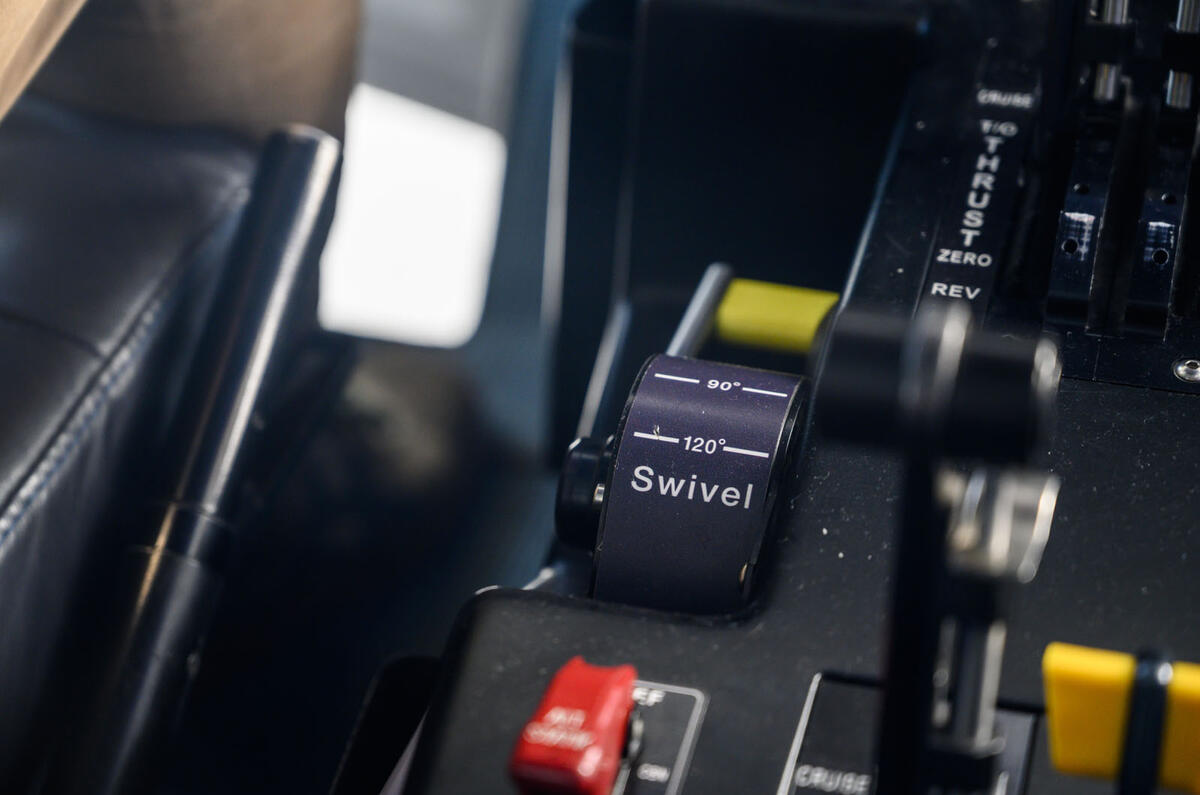
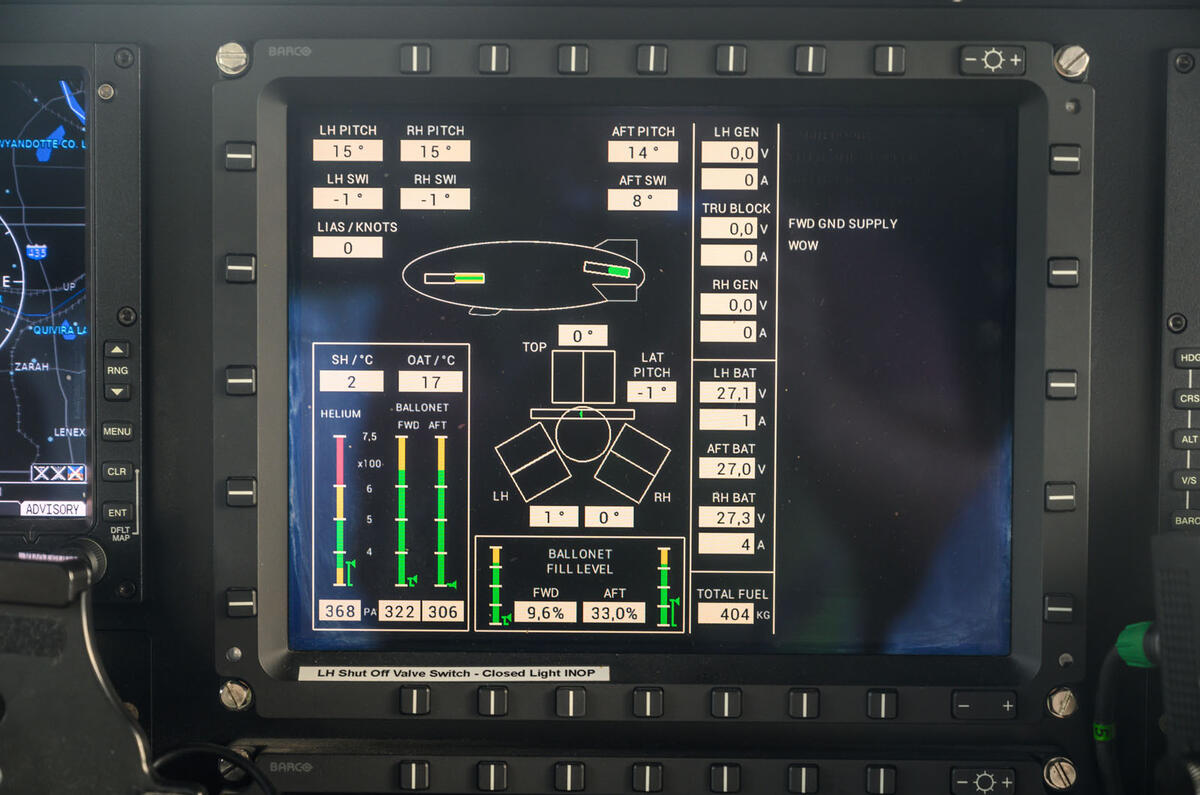
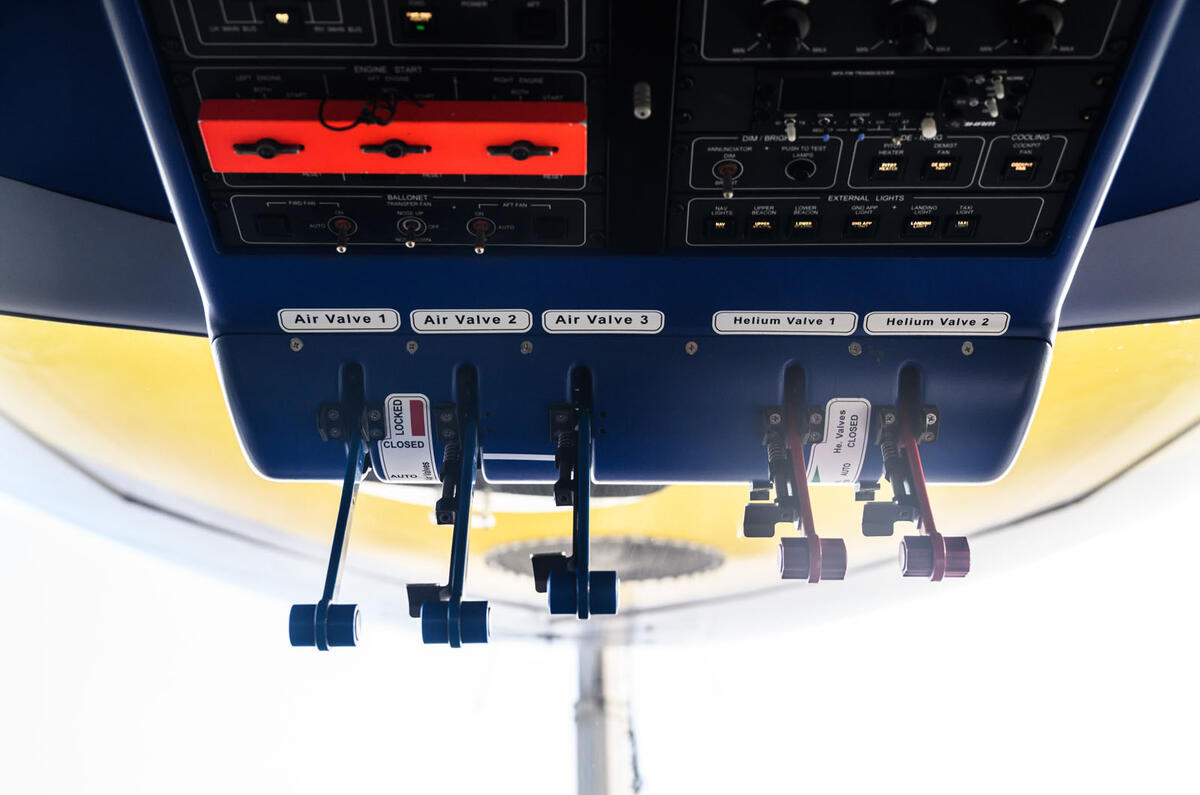
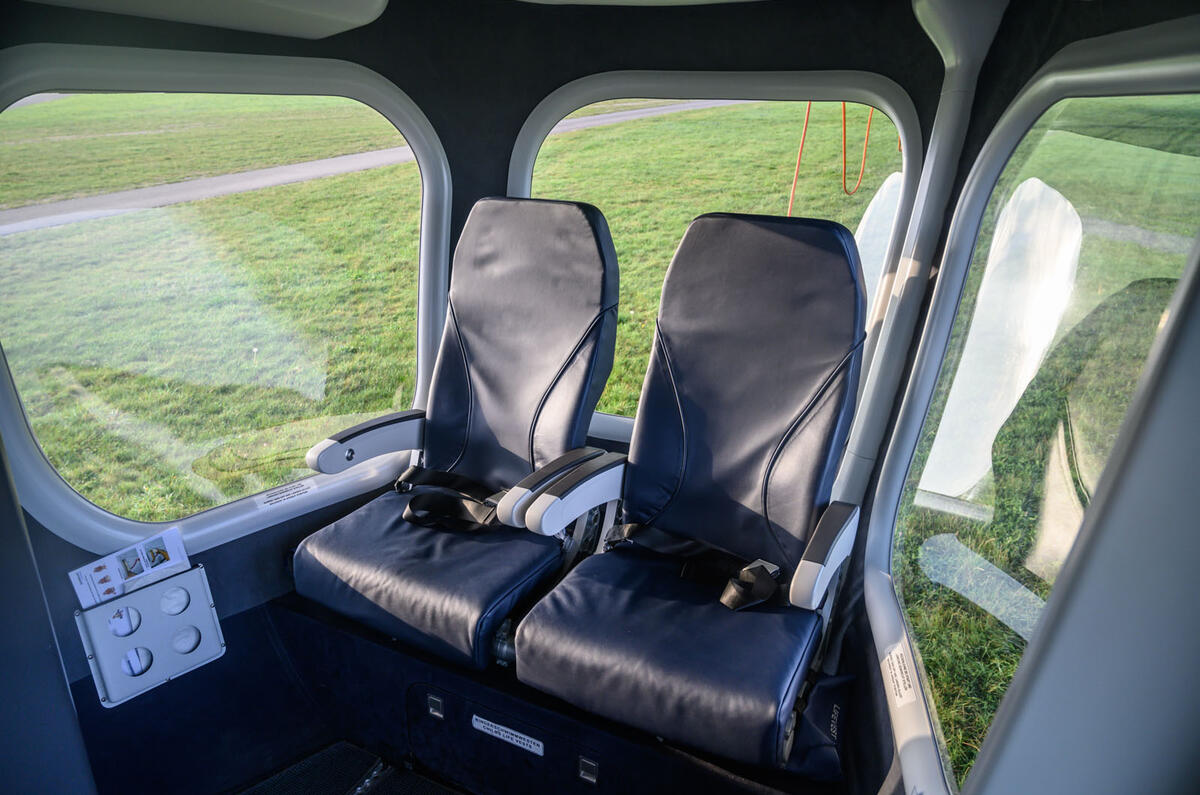
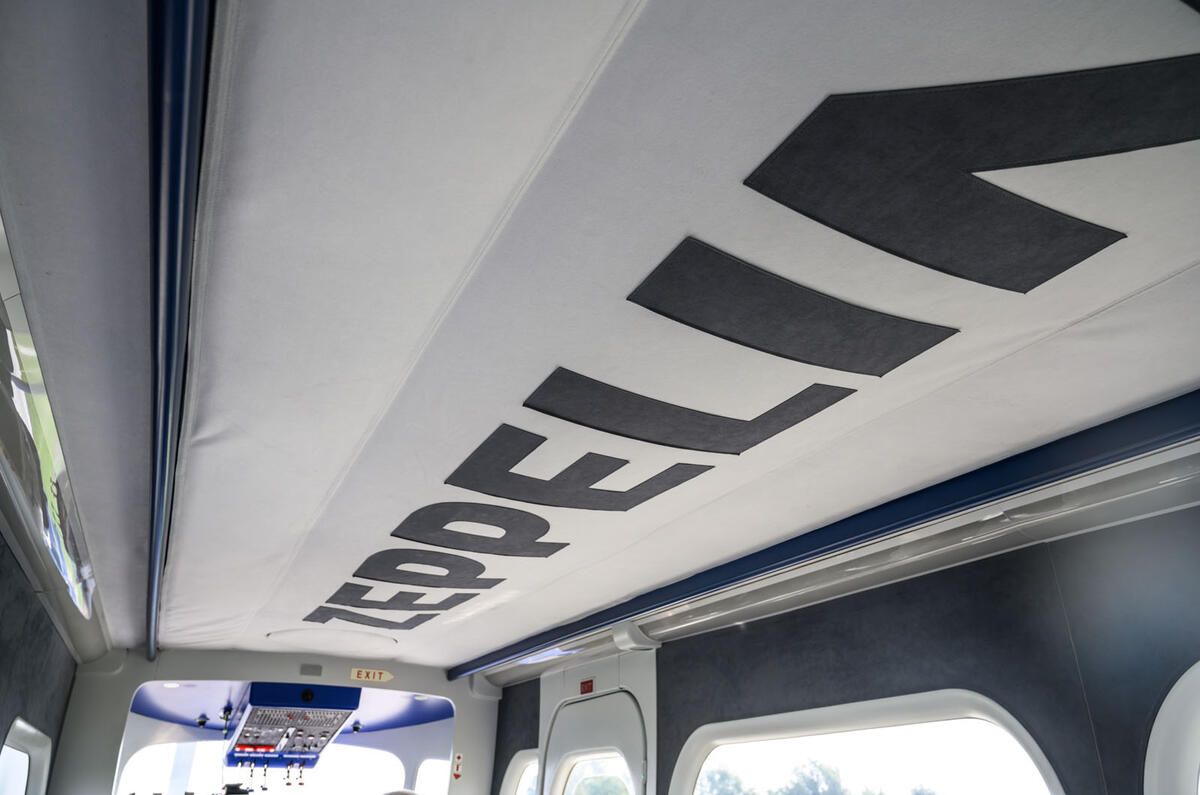

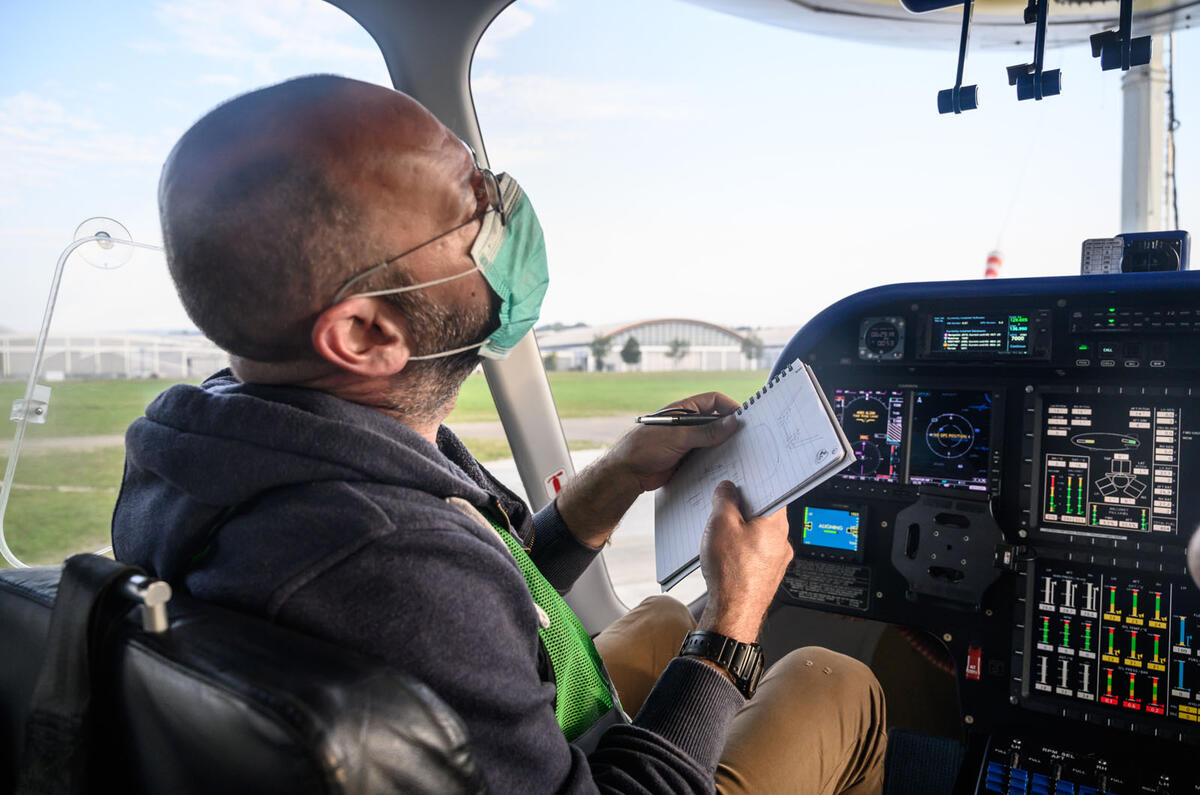
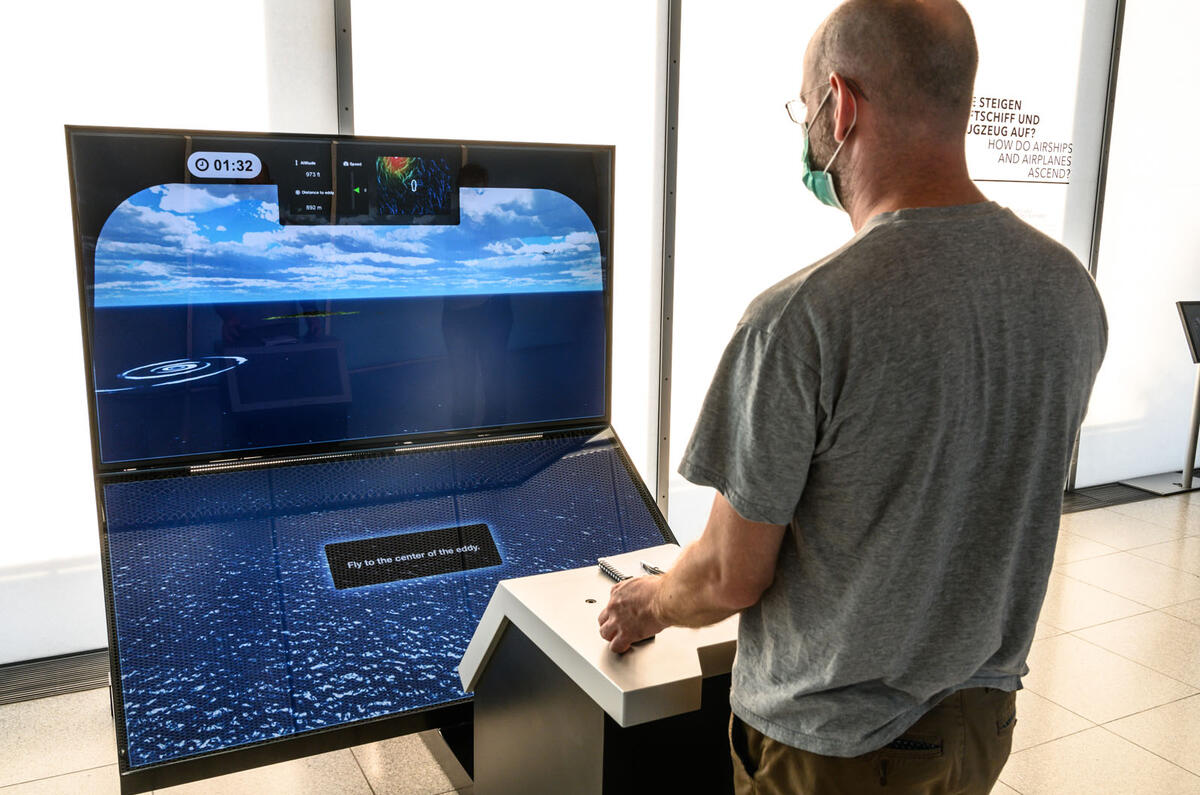
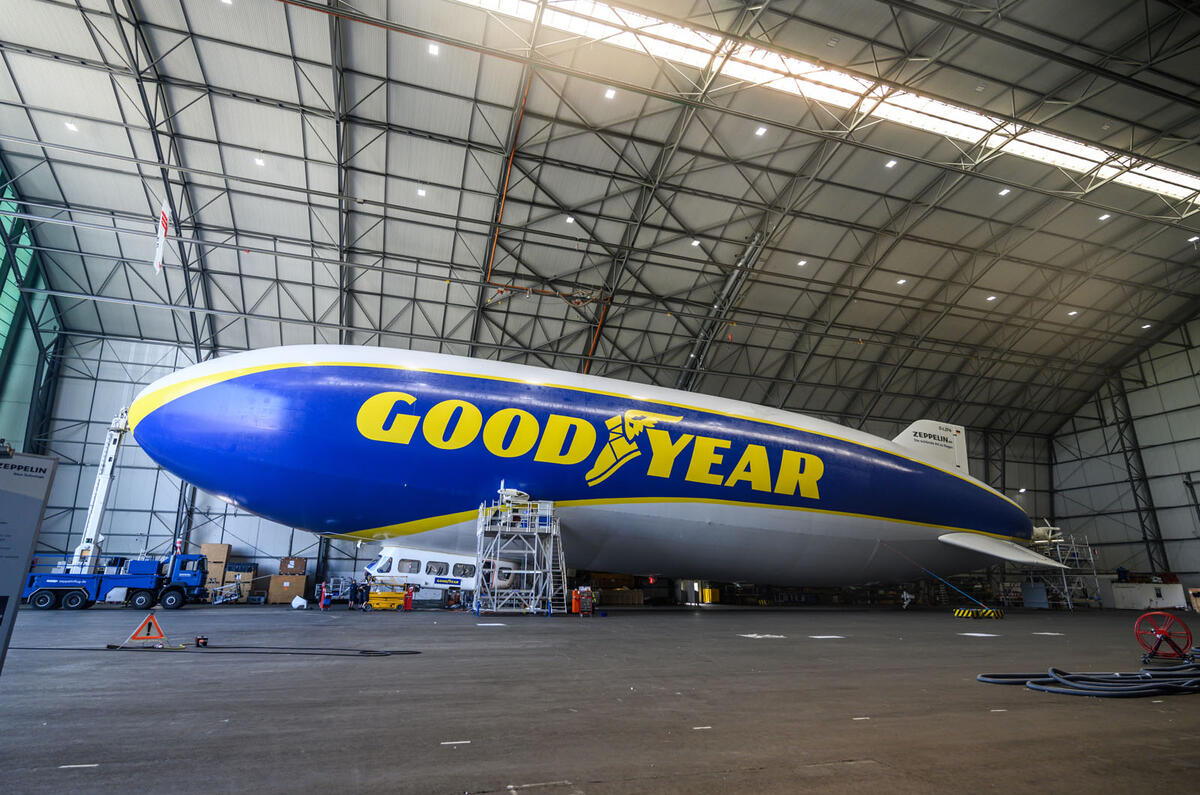
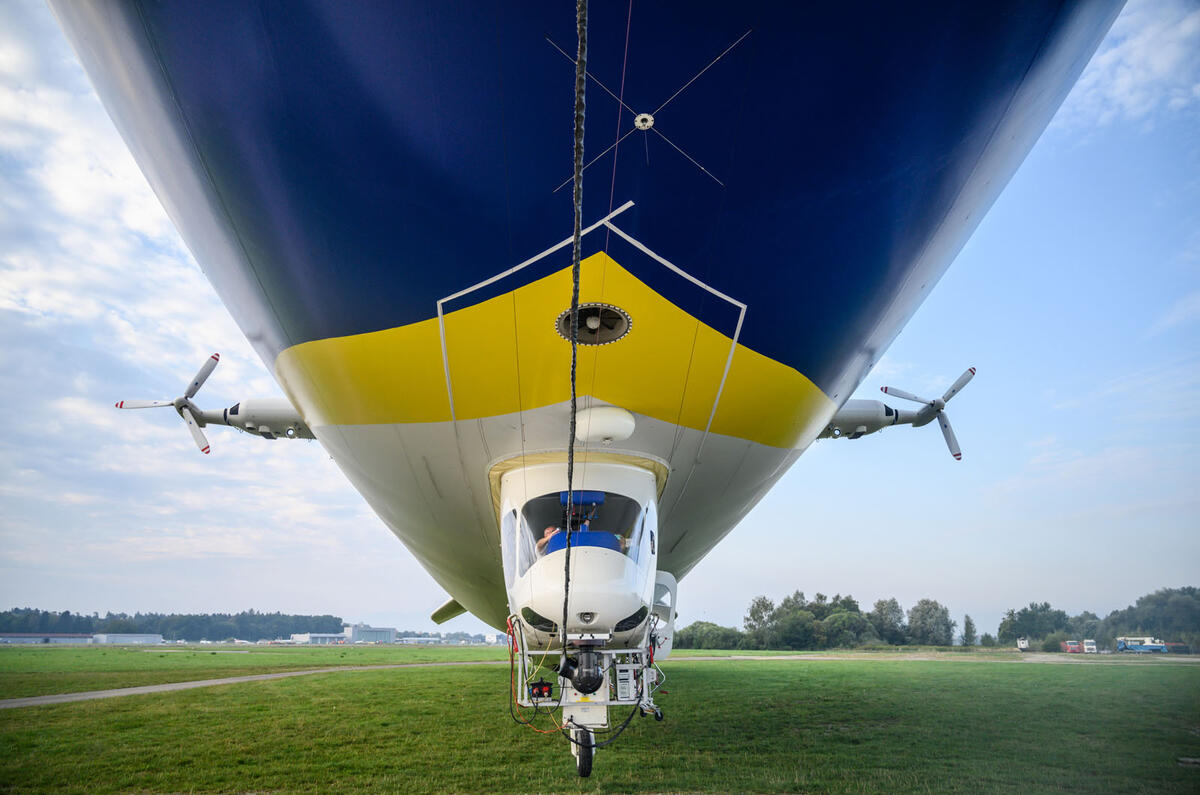
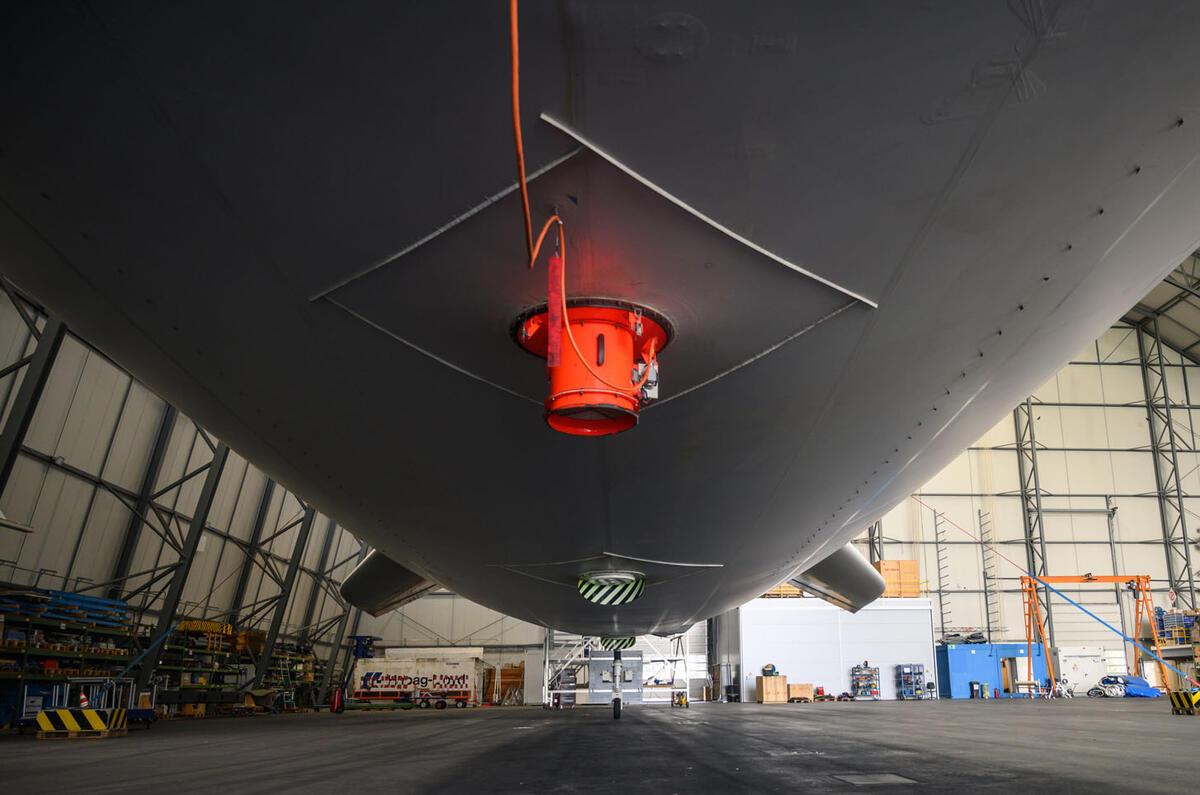
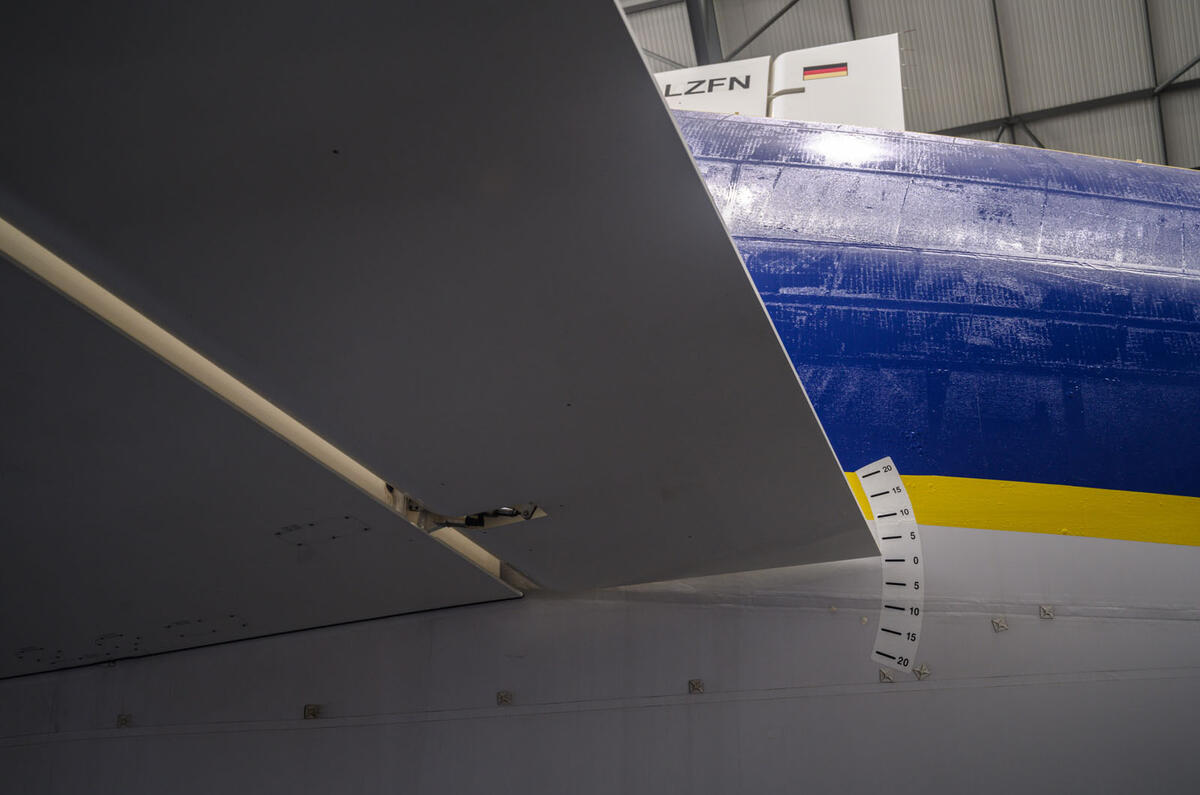
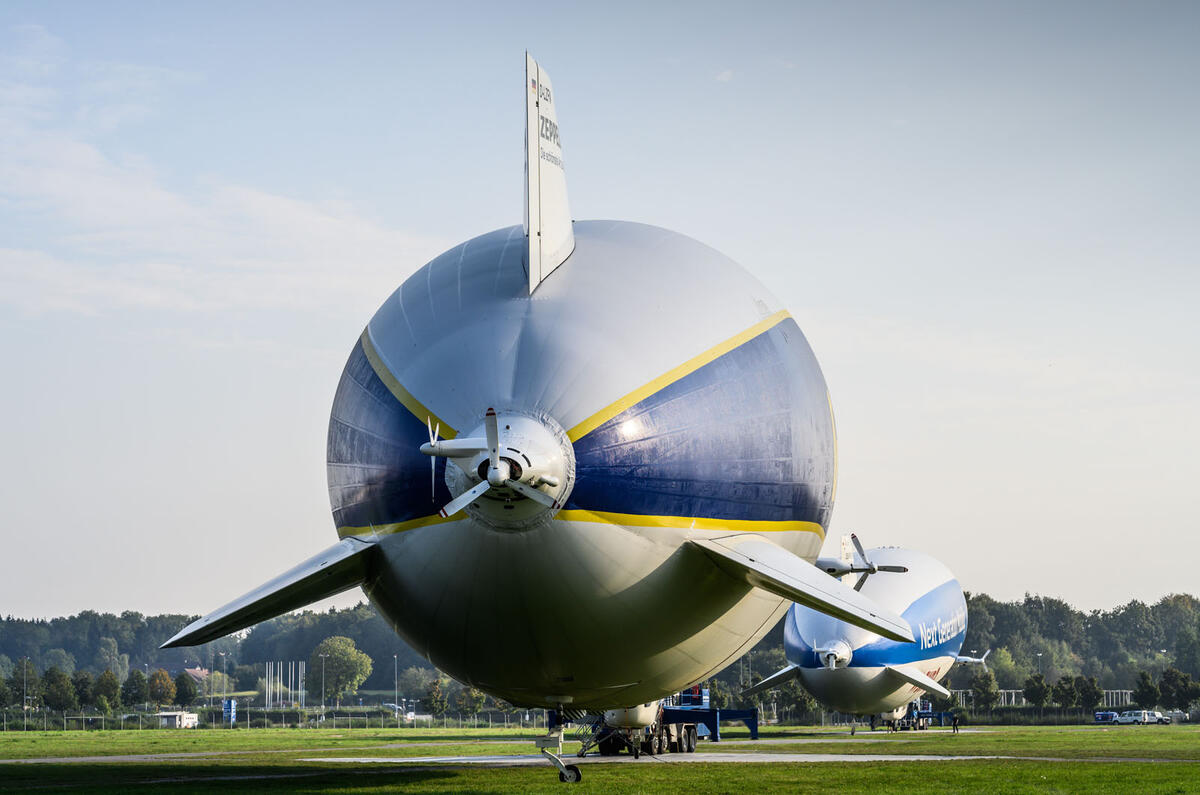
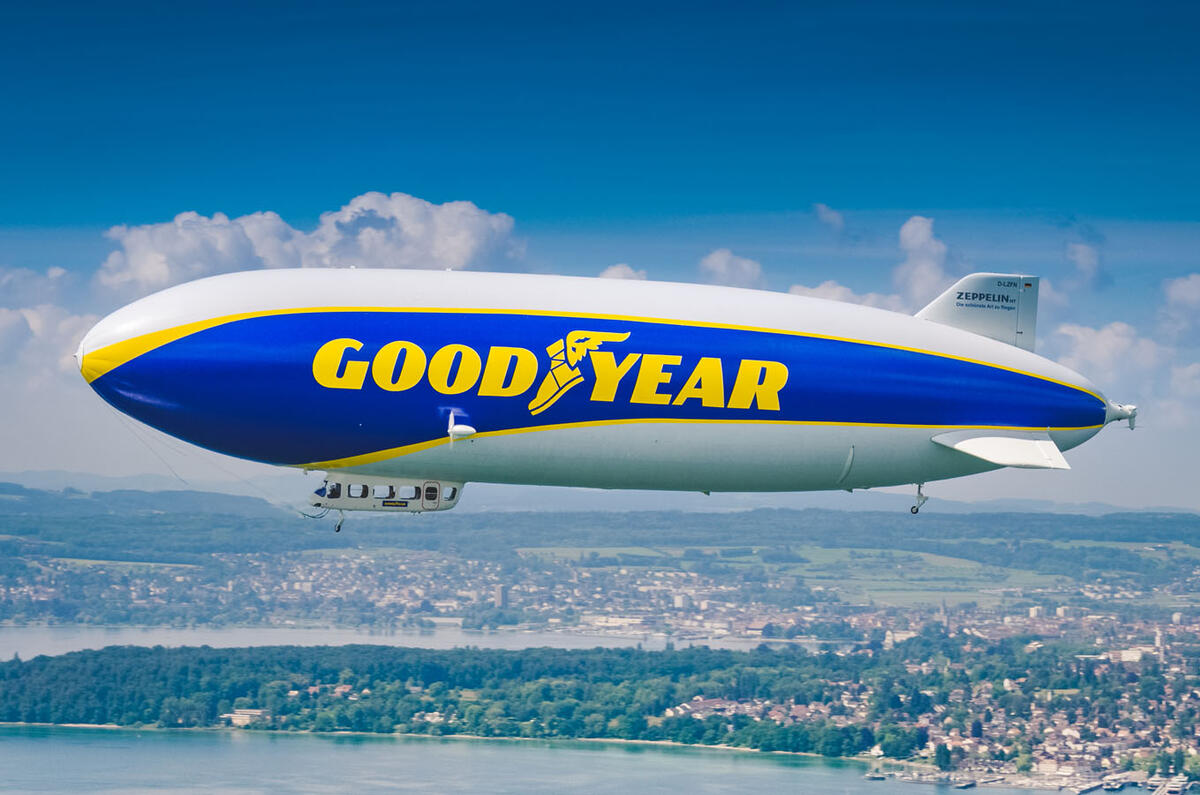
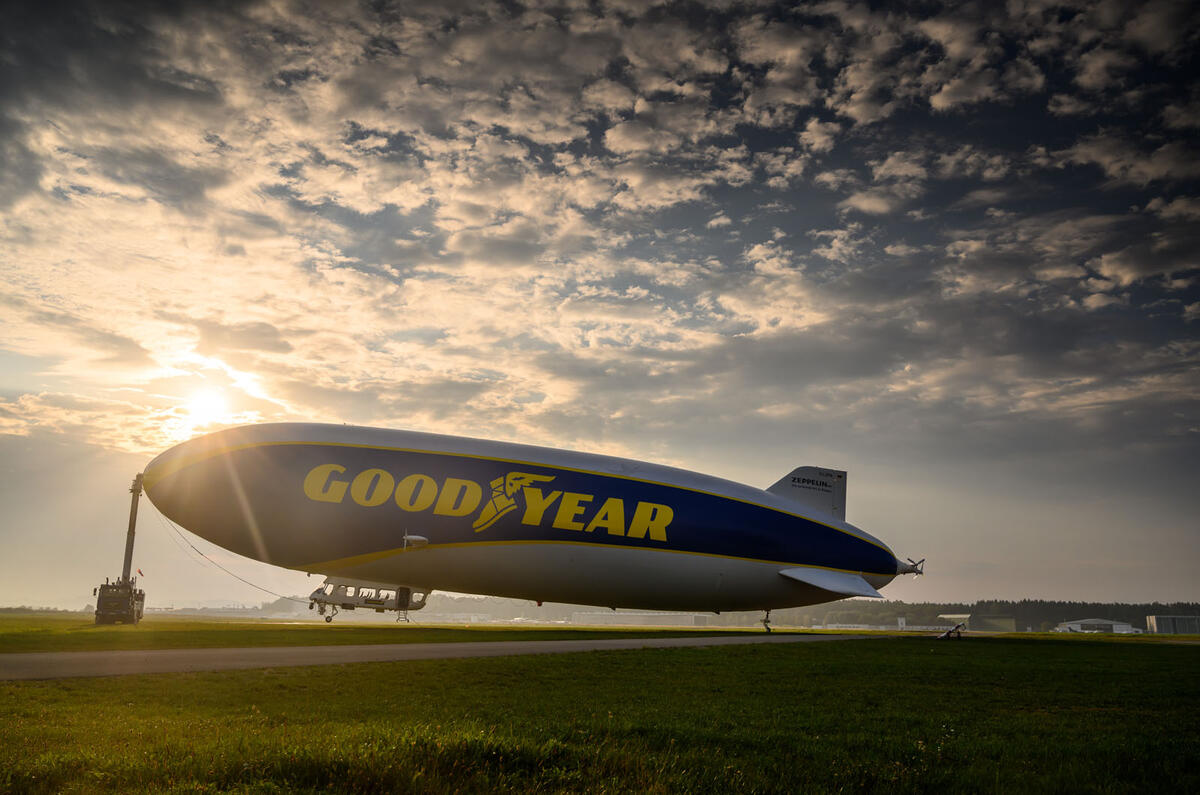
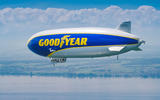
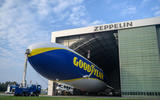
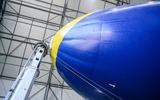
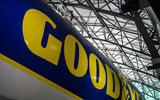
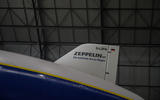
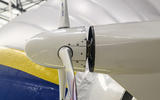
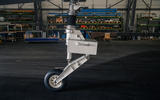
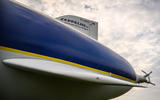
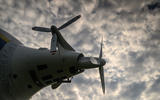
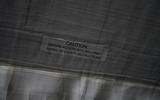
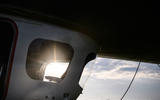
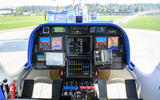
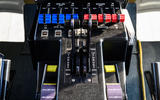
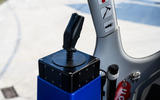
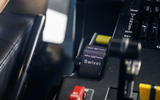
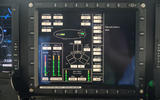
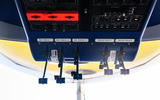
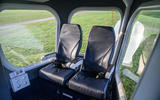
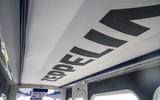
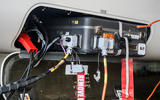
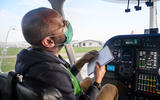
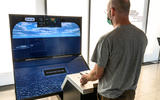
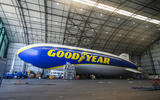
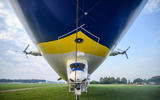
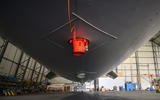
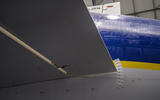
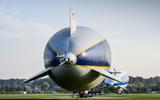
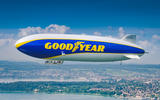






Join the debate
Add your comment
Love your Christmas tests - perfect blend of fun, frivolity, and interest. How many of these have you done - enough for a book? I would certainly buy a large format coffee table book of Autocar Christmas road tests. Almost an almanac of interesting vehicles / transport over the years, with some of the best popular culture writing and photography going.
So you finally found something that really drifts...
Love it when you guys write off piste!